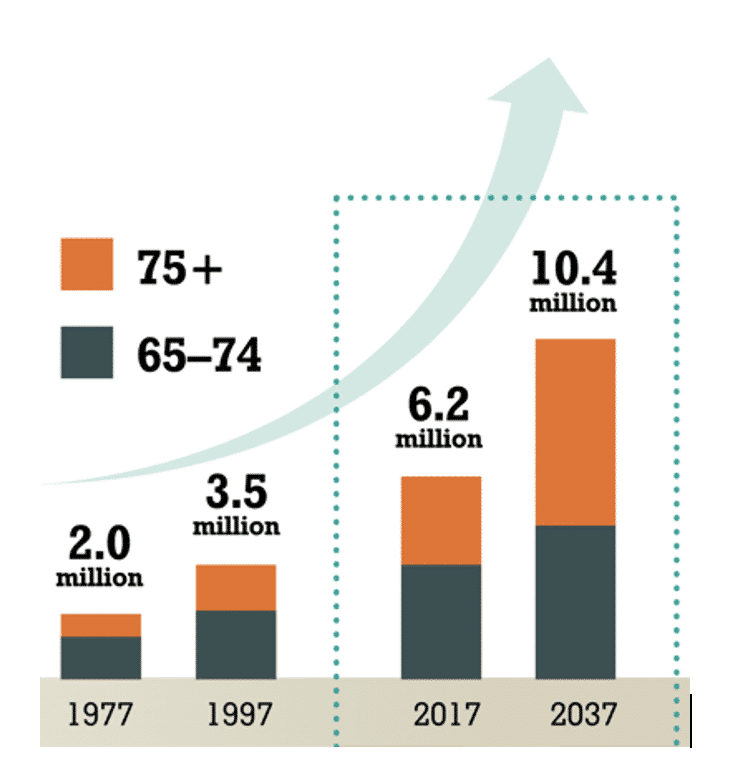Blog
AlayaCare’s Response to Taking the Pulse: A Snapshot of Canadian Health Care, 2023

Home care is pivotal in addressing the challenges highlighted in the report “Taking the Pulse: A Snapshot of Canadian Health Care 2023.” The report sheds light on the evolving healthcare landscape in Canada, including issues such as an aging population, increasing healthcare costs, and the strain on hospital resources. Home care offers several key benefits to help tackle these challenges:
1. Aging Population: With a growing elderly population, home care provides a solution to support seniors in their familiar environments at home. By offering medical assistance, daily living support, and companionship at home, elderly individuals can maintain their independence and quality of life while reducing the burden on hospitals and long-term care facilities.
Canada’s Senior Population Outlook

2. Reduced Hospital Admissions: Home care can help alleviate the strain on hospital resources by providing medical monitoring, post-operative care, and chronic disease management at home. This can prevent unnecessary hospital admissions and readmissions by up to 65%, freeing up hospital beds for more critical cases.
3. Cost-Efficiency: Home care offers a cost-effective alternative to institutional care as healthcare costs rise. Treatment in the home is approximately 10% of the cost. Delivering medical treatments and services at home costs much lower than hospital stays or long-term care facilities. This cost efficiency can lead to better allocation of healthcare resources.
4. Patient-Centered Care: With only 15% of Canadians satisfied with their access to care, home care allows for personalized, patient-centred care tailored to individual needs and preferences. This approach enhances patient satisfaction and improves health outcomes and treatment plan adherence.
5. Preventive Care: Home care services can provide cost-effective preventive measures and early interventions, helping to identify health issues before they escalate. Regular home visits by healthcare professionals can lead to early detection of medical conditions, leading to more effective and less costly treatments.
6. Capacity Building: By expanding home care services, healthcare providers can build capacity to serve more patients without significant infrastructure investments. This is particularly important in rural and remote areas where access to hospitals or clinics might be limited.
7. Transitional Care: Home care is critical in facilitating smooth transitions from hospital to home, reducing the risk of hospital-acquired infections and ensuring patients receive necessary care as they recover.
In conclusion, home care offers a multi-faceted approach to addressing the challenges outlined in the report. However, with home care already at capacity, leveraging technology is critical for its continued success. Investing in new predictive analytics, AI, and mobile tools will allow us to do more in the home, allowing Canada to enhance patient outcomes, manage costs, and adapt to the evolving healthcare needs of its population.


